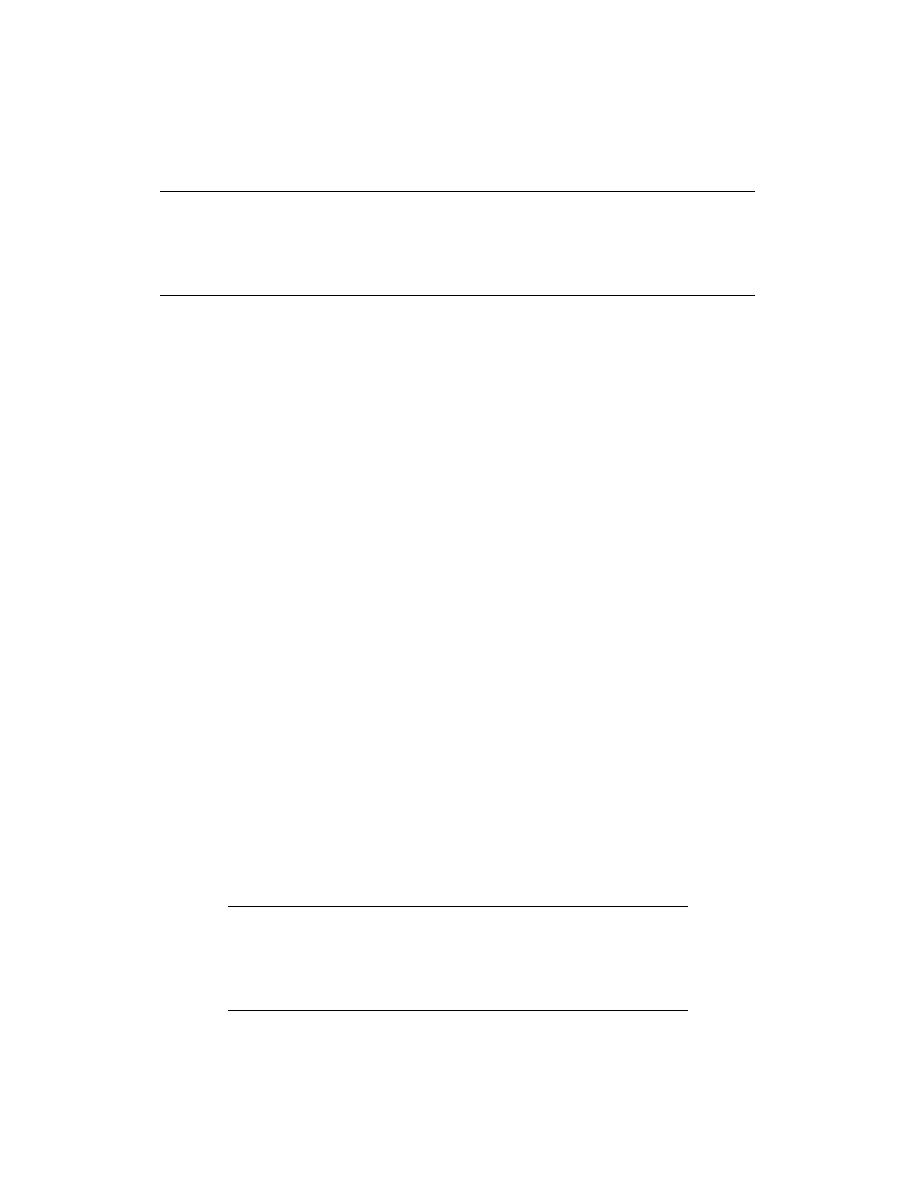
Table 6. Modified cup method.
Dry cup
Wet cup
Wt. change
Permeance
Membrane
weight gain
weight loss
per hour*
WVT
(perm) or
(gr/hr ft2)
(gr/hr ft2 in. Hg)
manufacturer
(gr)
(gr)
(gr/hour)
NEI
2.099
0.0037
0.038
0.034
1.898
Polyguard
2.269
0.0033
0.034
0.030
1.651
Protecto Wrap
2.222
0.0029
0.029
0.026
1.451
Royston
3.272
0.0058
0.059
0.052
2.948
Soprema
1.173
0.0014
0.014
0.012
0.741
W.R. Grace
3.117
1.589
0.0031
0.031
0.027
*Using the smaller of the weight gain of the desiccant or the weight loss of the water per hour by the slope
method as described in ASTM E 96.
Test temperature was 84F for an average vapor pressure difference of 1.1316 in. of Hg.
The sample area in all cases was 0.0985 ft2 and the length of the test was 560 hours.
of the water cup (linear regression slope of the lines
concluded our testing. Permeance values from
in App. F). WVT and permeance were calculated
these reports are italicized in Table 8 just below the
as discussed above. All weight changes in Tables
original published values. We consider the ex-
6 and 7 are corrected for changes in barometric
tremely low permeance report value for the NEI
pressure and due to measurement procedures in
membrane to be suspect. Our water-cup test per-
the case of Table 6.
meance values are also lower than those reported
The results of both these tests show that the
by all six manufacturers (considering their report
membranes have a permeance of about 0.01 to 0.05
data and ignoring the suspect NEI value). All six
perm. The results of these tests show that the per-
membranes are certainly water vapor resistant.
meance of all six tested membranes is nearly the
Three membranes were retested using the wa-
same. The average permeance for the modified-
ter-cup method after they were punctured with a
cup procedure is 0.030 perm, and the average
heated 0.06-in.-diam. steel rod. The permeance of
value for the water method is 0.028 perm. Both
the least permeable membrane (Soprema) in-
tests were run at an average temperature of 84F.
creased by an order of magnitude when we added
Table 8 compares both of our permeance test
the hole. The permeance of the next more perme-
results to the manufacturers' data. Note that test
able membrane (NEI) increased by a factor of 7
results from our water-cup method are lower than
when we added the hole. And the permeance of
those of our modified-cup method in all cases. We
the most permeable membrane (Royston) in-
attribute the decrease to problems experienced in
creased by a factor of 1.3 when we added the hole.
adequately tightening the modified-cup to avoid
These tests are difficult to conduct, and errors
leakage through the seals. Four manufacturers
may be introduced during sample preparation,
provided permeance test reports just before we
sample handling, and when obtaining weights and
Table 7. Wet-cup or water method with the following test conditions.
Total
Weight loss
Permeance
Membrane
weight loss
per hour
WVT
(perm) or
(gr/hr ft2)
(gr/hr ft2 in. Hg)
manufacturer
(gr)
(gr/hr)
NEI
1.914
0.0025
0.025
0.025
Polyguard
2.022
0.0026
0.026
0.026
ProtectoWrap
1.790
0.0021
0.021
0.021
Royston
3.596
0.0048
0.049
0.050
Soprema
0.849
0.0011
0.011
0.011
W.R. Grace
2.330
0.0031
0.031
0.032
*Using the slope method as described in ASTM E 96.
Test conditions were 84F and 16% RH for an average vapor pressure difference of
0.9824 in. of Hg.
The sample area in all cases was 0.0985 ft2 and the length of the test was 720 hours.
19



 Previous Page
Previous Page
